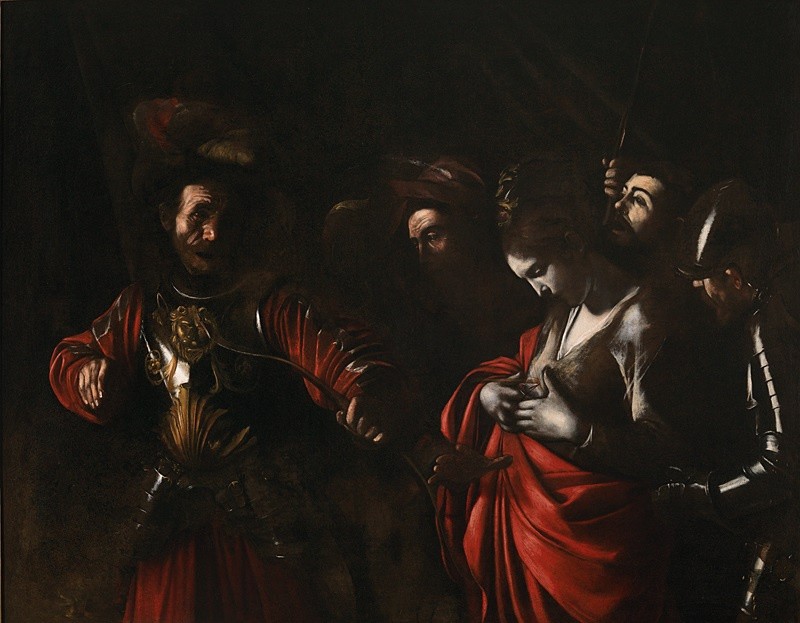This Thursday, April 18, the National Gallery is finally opening its new exhibition: "The Last Caravaggio," which is set to run until July 21, featuring the Italian master's last painting: "The Martyrdom of Saint Ursula" (1610).
Lent by the Intesa Sanpaolo Collection, the piece can finally be viewed after being obscured for about 20 years. Joining this rare painting is another late work by Caravaggio dubbed "Salome receives the Head of John the Baptist," dated around 1609 - 1610.
Following press showings, the exhibition already generated great acclaim, with Jonathan Jones from The Guardian saying: "I've seen blockbusters that bored me stiff. This exhibition, dedicated to just one masterpiece, held me transfixed, just like Ursula."

Caravaggio's 'The Martyrdom of Saint Ursula'
Despite bearing a long name characteristic of great Italian masters of old, Michelangelo Merisi da Caravaggio still stands tall among his revolutionary contemporaries through his impeccable technique and manipulation of light and dark properties, enhancing the storytelling aspect that his oeuvre is riddled with.
One exemplifying work that was only recently reattributed to Caravaggio in 1980 is the crown jewel of The National Gallery's recently opened exhibition. As per the museum, the painting's true creator was confirmed after an archival letter that described its commission was found.
Consequently, this correspondence is also displayed in the show, marking its first appearance in front of the UK public. The letter was purportedly sent from Naples, where Caravaggio painted the piece, to his patron Marcantonio Doria's home in Genoa.
The letter mainly touched on the latter stages of the commissioned art's development.
In May 1610, the painting was finally dispatched en route to Genoa and only arrived by June 18 of the same year. Weeks later in July, Caravaggio himself set out for his patron's home in hopes of getting a pardon in Rome when he eventually returns.
However, by July 18, the artist succumbs to the lull of death in Porto Ercole, never touching down in Genoa.
This grim reality is echoed by the piece itself. In a sort of divine plan that enhances the depth and essence of the work's imagery, Caravaggio includes a self-portrait on the right side of the recently shot saint, terrified.
Indeed, just as the institution has put it, this piece gives viewers the "opportunity to explore the final period of Caravaggio's life" and how the Italian master saw the theatricality within a violent act.